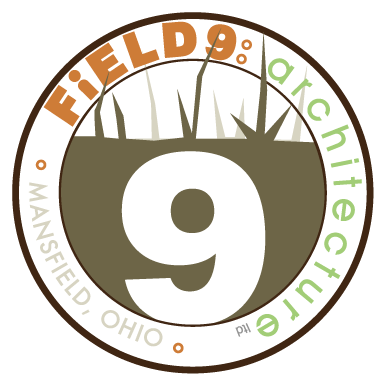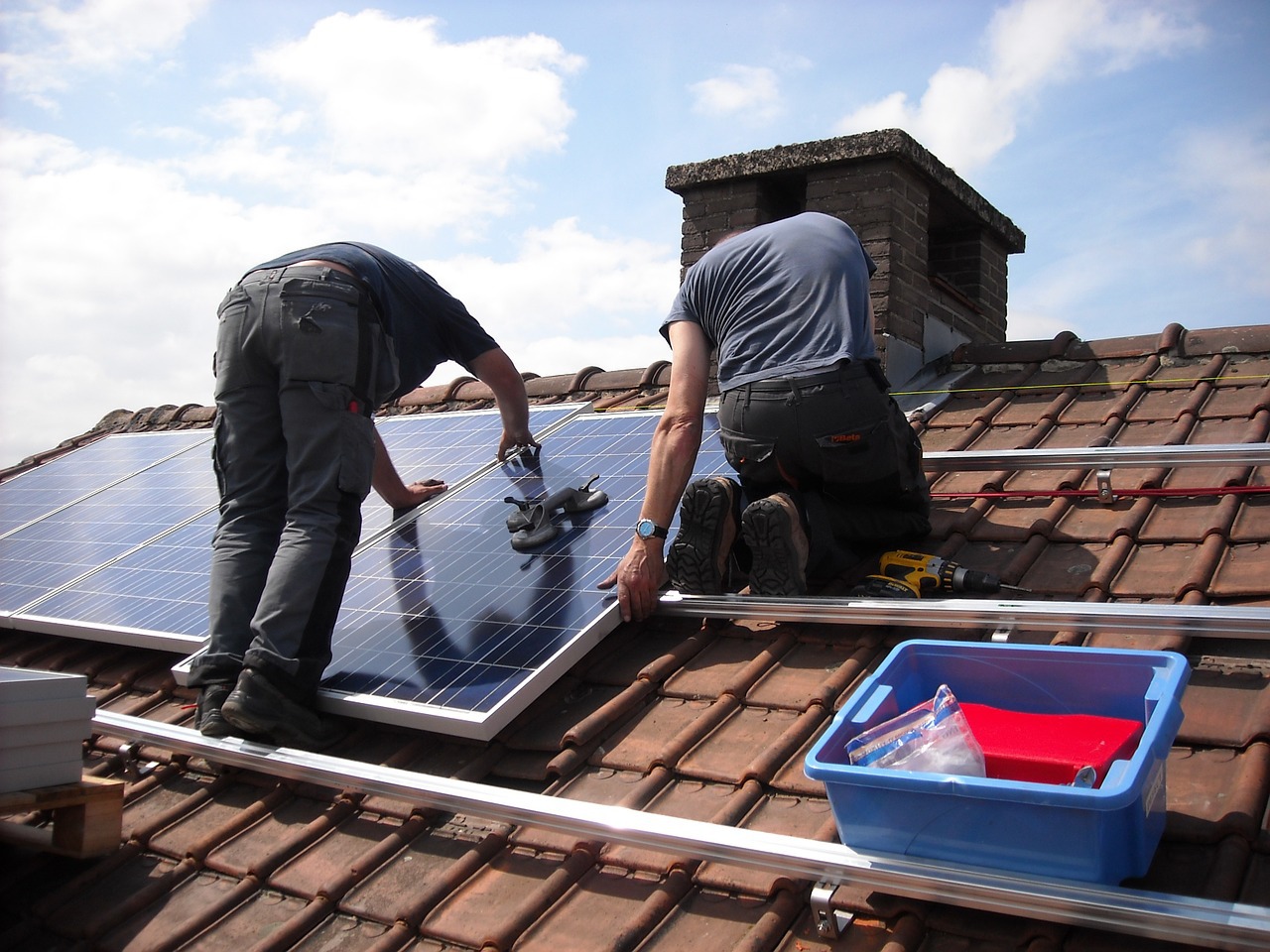If a client comes to you looking to build a high performance home, they probably already know the cost will be somewhat higher than building a conventional home. They may also know they will earn some of that back in energy cost savings. What they may not know is the true overall cost of the project and the actual extent of savings and benefits.
It is true that the upfront cost of building a high performance home in this day and age will often be higher than that of building a conventional home. Single-family homes built with Passive House standard typically cost 10-20% more than homes built to minimum code. However, after rebates and tax incentives, this percentage is greatly reduced. With these savings calculated in, a Passive House home has been estimated to cost as little as 5% more than a minimum code home. Plus, the resale value of energy efficient homes is consistently higher than conventional homes.
Your clients certainly know that an energy efficient house will help them with energy costs, but a Passive House home could save them a full 60-80% on utility bills. This is a savings that begins immediately and gives a return on investment in only eight to ten years. Building any kind of energy efficiency into a home can save money, but these savings are substantial and swift. However, an investment in money is not the most significant consequence of choosing Passive House.
What your clients may not know about Passive House are the quality of life benefits it offers. For example, Passive House homes are healthier than conventional homes for a number of reasons. For one, their indoor air quality (IAQ) is far superior thanks to the ventilation with heat recovery, among other features. The lack of outdoor pollutants and indoor contaminants add up to providing an exceedingly strong IAQ. Likewise, the airtight design and continuous insulation give the home a reliably consistent temperature, another factor in maintaining a healthy indoor environment. In reality, a Passive House design is an investment in the client’s health.
And not only is it an investment in the client’s health, but also the health of the planet, an upshot the client is surely hoping for. A Passive House home addresses climate change directly by using dramatically fewer fossil fuels in the heating and cooling of the house than a conventional home. These homes can even reduce water pollution when employing greywater recycling systems. A client who feels their responsibility to the future will be thrilled to learn about the Passive House standard and its commitment to preserving and even reviving the environment.
Essentially we argue that the greatest cost is that of not choosing Passive House. It is the best choice for the client’s wallet, health, peace of mind, and for the environment. At FiELD9: architecture we specialize in resilient design. Our certified Passive House consulting team can help you get your client in their ideal home, which saves them money and puts their mind at ease by being gentle on the Earth. What an environmentally conscious client should understand is that it is an investment, not just in savings, but in the future.






Recent Comments